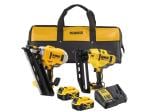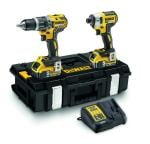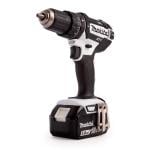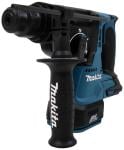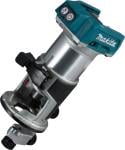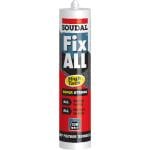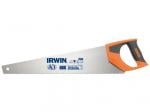A Guide to Choosing the Right Bi-Metal Hole Saw for You
Hole saws are cylindrical-shaped cups that have serrated edges which are used to cut a variety of different-sized holes in all manner of materials. The serrated edge does the cutting, while the other end is designed to attach to an arbor or drill chuck for driving. Further to that, there are many different types of hole saw; from carbon steel hole and application-driven hole saws to highly specialised hole saws and—the most commonly used—bi-metal hole saws. In this article, we’re going to focus specifically on the bi-metal hole saw. The question then is: how can you be sure that you are choosing the right bi-metal hole saw for the task at hand? Read on and we’ll tell you everything you need to know…
Why use a bi-metal hole saw? What are the advantages?
Many workmen prefer to use a bi-metal hole saw for most of their work because it is easily compatible with all sorts of different materials. Not only that, but the bi-metal hole saw can cut much faster and smoother than the other variations (and with reduced vibration as a result of the signature variable pitched teeth). Hole saws are made from two different types of steel, joined together to form a durable edge:
- High-speed steel: high-speed steel is used on the outer edge of the hole saw as it has excellent wear resistance properties – making it perfect for the cutting edge of the teeth.
- Soft spring steel: soft spring steel on the other hand is a flexible backing material that allows the hole saw to better absorb the impact of the drill, thus reducing the vibrations when drilling through difficult materials.
Of course, not all bi-metal hole saws are created equal. Here’s a closer look at the advantages that a decent bi-metal hole saw can offer you – and which design features you should keep an eye out for when making your purchasing decision:
- Versatile cutting tool: a high-quality bi-metal hole saw can eat through softer materials like wood and plastic with great ease – while making short work of harder materials like steel as well.
- Durable at high temperatures: bi-metal hole saws that are made from high speed steel that has a high percentage of cobalt are far more effective at maintaining their solidity and sharpness at high operating temperatures (8% cobalt is a good number to look out for).
- Longer life-span: bi-metal hole saws that are manufactured using cryogenic hardening can increase its lifespan by upwards of 50%. Cryogenic hardening is the process of using sub-zero temperatures during manufacturing in order to improve the microstructure transformation in the high speed steel, thus resulting in a sharper edge that remains as such, for longer.
- Less downtime between cuts: the most common frustration that workmen have when using bi-metal hole saws is trying to remove the plug from the cup after drilling a hole. This is why you should always look for hole saws that have angled and offset slots in the side, as part of their design. These little slots make it much easier for the user to easily remove the plug and move onto the next hole with as little time in between as possible.
What are arbors and pilot bits and what are their function?
Cutting a hole with a bi-metal hole saw requires that you use an arbor and—in most cases—a pilot bit. But, what are they and what purpose do they serve?
Arbors / mandrels
Arbors (or mandrels) connect the hole saw to the drill chuck, while also holding the pilot bit (if applicable). These are made from hardened steel with alloy steel components for a longer life. In fact, arbors can often outlast several hole saws. These are connected to the hole saw via a thread that goes into the cap of the hole saw itself. For hole saws that are larger than ¼”, they have a drive pin hole in the cap which is used to attach to drive pins from the arbor in order to enable quick and easy changes. Smaller hole saws on the other hand, only need the arbor thread to connect, however, they often get locked on and supplementary require tools to be removed (which is a nuisance). Keep an eye out on the market for quick-change systems. This can facilitate the fast and effective changing of hole saws on the arbor without having to use supplementary tools to unlock them. All of the best sawing systems are universal, which means that they can easily operate as a quick-change system with any brand-new hole saw you might use. You should also keep an eye out for sawing systems that do not need you to use proprietary components or adapters. It’s always better to have total freedom and flexibility when tool-changing.
Pilot bits
Pilot bits are the sturdy defenders that take the majority of the punishment when you are hole saw drilling. Many workmen drill with some degree of oscillation movement so that they can clear chips from the cut. This invariably puts lots of pressure on the pilot bit. Keep an eye out for a tapered web design that can help protect the pilot bits against any potential side-load breakage.
The takeaway
Ultimately, when you are drilling regularly with a hole saw, you must have a complete system that is designed to deliver the maximum, optimised performance that you need to get the job done right. This means that all of the components in your sawing system (not just the hole saw itself) must provide you with superior durability and response. If you take your time when researching your prospective hole saws and keep an eye out for the design features mentioned above, you shouldn’t have much difficulty finding a high-quality tool that will allow you to work quickly and with great efficiency.


